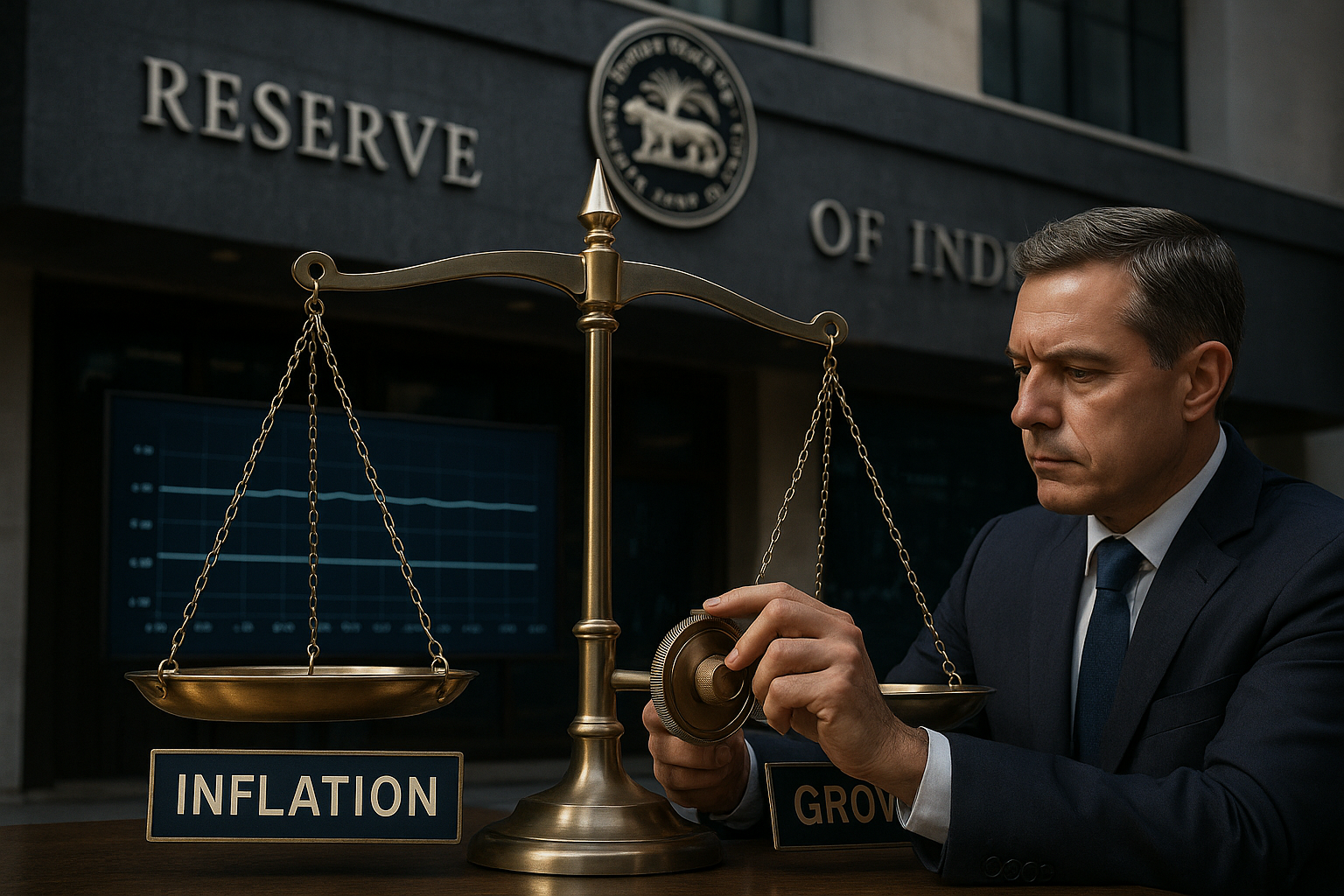The Reserve Bank of India (RBI) is expected to maintain its overall monetary policy stance, but may opt for subtle adjustments in liquidity and communication to balance growth and inflation risks. Analysts suggest that while a change in the repo rate is unlikely in the immediate term, the central bank could fine-tune its approach to reflect evolving macroeconomic conditions.
The strategy reflects RBI’s careful navigation of a complex environment—anchoring inflation expectations while ensuring that credit growth is not stifled.
Why the Stance May Remain Unchanged
India’s inflation remains within the 2–6% tolerance band, though sticky food prices continue to pose risks. Growth momentum has held steady, supported by government spending and robust consumption. Against this backdrop, policymakers see limited need for a drastic shift in policy.
By maintaining continuity, the RBI reinforces stability in markets and ensures predictability for businesses, investors, and lenders.
Possible Adjustments Ahead
Even without a rate change, subtle moves are expected. The RBI could adjust its liquidity operations, absorb excess flows, or tweak communication to signal readiness for future action. Such steps help the central bank retain flexibility while avoiding market surprises.
Liquidity fine-tuning could reduce volatility in short-term money markets.
Stronger forward guidance may help anchor investor expectations more effectively.
Balancing Growth and Inflation
The RBI’s cautious stance reflects the dual challenge it faces. On one hand, it must ensure inflation does not flare up again due to supply shocks. On the other, it must allow credit expansion to support sectors like infrastructure, MSMEs, and consumption-driven industries.
This balancing act underscores the importance of measured policy moves rather than drastic shifts, ensuring macroeconomic resilience.
Why This Matters
The RBI’s approach carries broad implications for the economy:
For Markets: Stability in rates reassures bond and equity investors.
For Borrowers: Predictable conditions help manage loan costs.
For Policymakers: Signals credibility in navigating inflation-growth trade-offs.
By signaling steadiness while leaving room for calibrated adjustments, the RBI aims to preserve confidence and macro stability in a volatile global environment.












